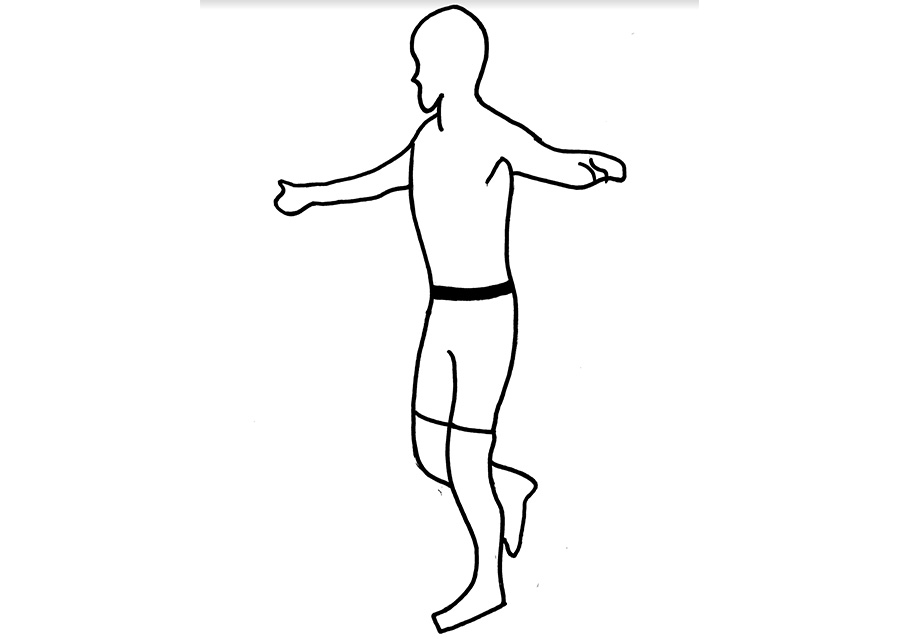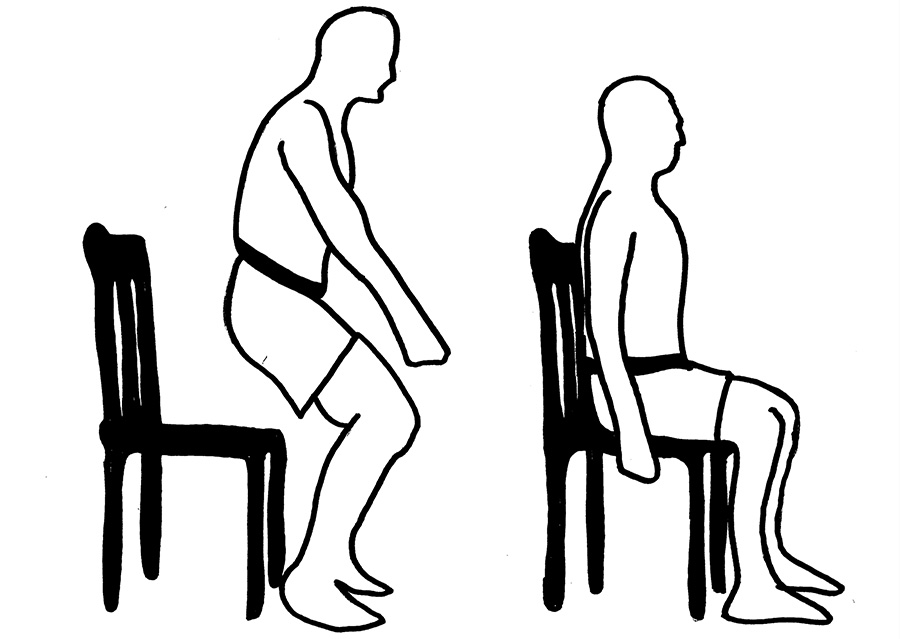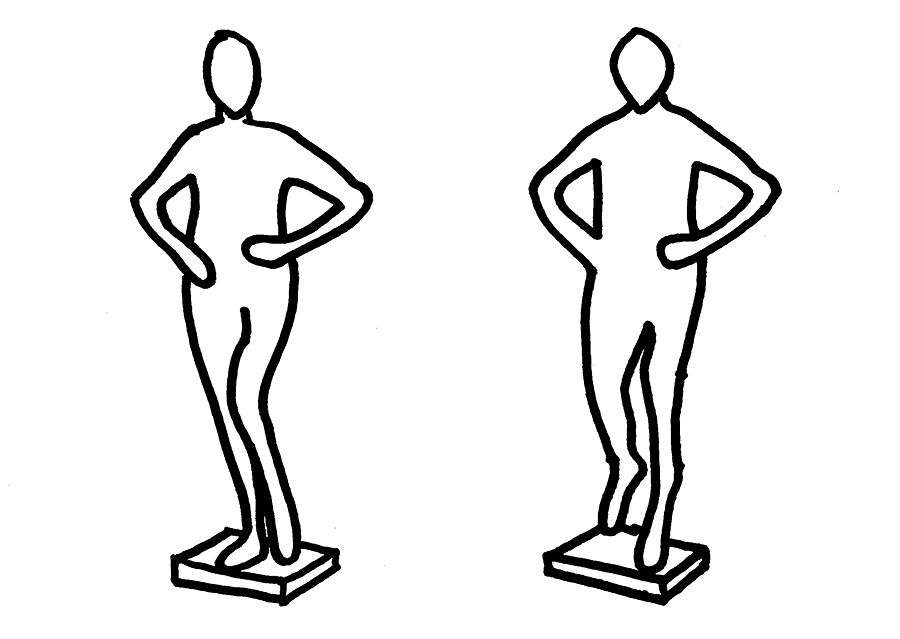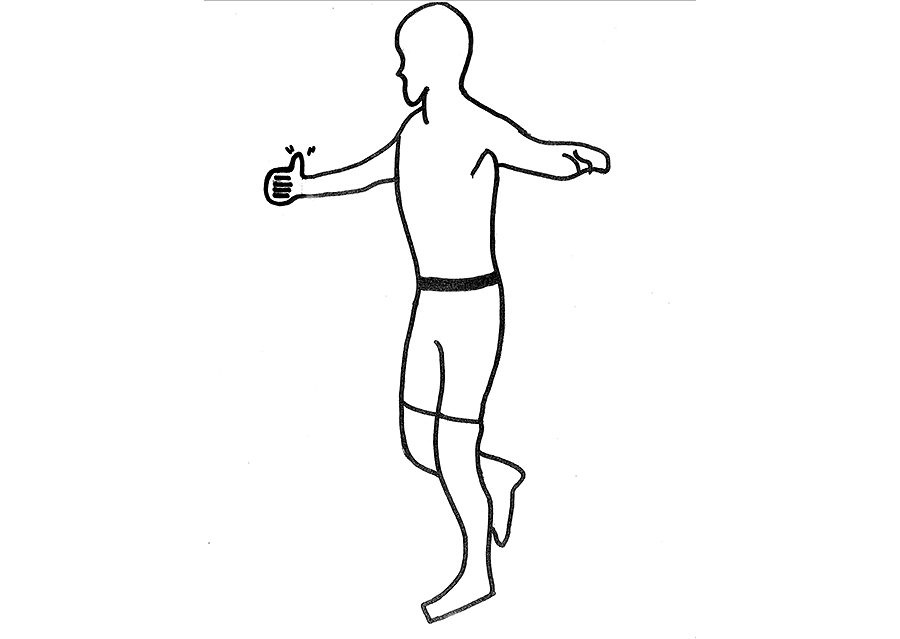Hi everyone, This is the first installment in a series of articles dedicated to fly fishing fitness. Over the last couple years, many of us have put on a few pounds due to the Coronavirus, we like to call it the Covid-19, 25, or 30, it doesn’t make a difference, what does make a difference is moving and getting back into shape so we can take full advantage of our favorite fisheries. We thought it was a great time to suggest some simple exercises that can get you back into tip top fly fishing shape.
#1 Strength & Balance Conditioning
by Zach Miller & Pat Pendergast
It’s inevitable – we are all going to get older. Like my dad says …”the alternative is not too good…” And with age, especially around the half-century mark, we start to lose balance, which is more about losing strength, which in the end makes us not as comfortable wading our favorite trout streams and rivers. But all is not lost, you can regain agility and balance with four simple exercises you can perform at the gym, or easier, at home, that will help you gain strength and balance and keep you in the fish like when you were in your twenties.
Understanding how the body works and taking care of your body go hand in hand in regards to living a fruitful life. It is interesting the number of people who succumb to the belief that they are unable to do certain things, simply because they are “too old.” Sure, this is a true statement in some instances. But does fishing belong on that same retirement shelf? NO! You can have an old body with a young mind, and still be able to enjoy the things you did while you were younger. Just as a NFL pro trains for his craft, we must train for ours. Luckily for fly fishermen, we’re not training to blast the pads off an opponent, but rather stand effortlessly in a moving stream and present a dainty fly to a feeding trout. Nonetheless, we need to ensure that our body is kept at a fitness level that enables us to continue to safely enjoy what we love, and that is accomplished through exercise.
Exercising can seem intimidating but it is just like anything else in life, just keep it simple. The body is a remarkable machine, and has many mechanical features which enable us to do simple movements without thinking. When it comes to balance, the key word is “core.” Having a strong core will ensure that you have the muscular strength and endurance, remaining balanced in an uneven and moving environment. What does it mean to have a strong “core”? Think of your core as the foundation of a building. Core muscles are the muscles which connect your thoracic (chest) region to your pelvic (hip) region, while simultaneously reinforcing your lumbar (lower) spine. These muscles are used in day to day movements such as walking, running, and picking up items off the floor, including landing a trout on your favorite stream. Improving your core strength will automatically improve your balance, and having a strong core will decrease the likelihood of injury, or taking a header in a trout or steelhead stream.
Here are four exercises that you can do at home or in a gym:

1) Single-Leg Balance – The single-leg balance is as simple as it gets, yet one of the most effective exercises that help regain an equal equilibrium. To perform this exercise, stand upright in a neutral position. You can stand next to something to hold onto if need be. Engage your abdominal muscles, then raise one one foot off the ground while keeping your hips level. Hold your foot off the ground for 30 seconds, then lower your foot back to down. Repeat on both sides twice.

2) Chair Squats – This exercise will strengthen your legs as well as your core. To perform this exercise, place a high-seated chair behind you and stand directly in front of the chair. Standing with your feet shoulder width apart, in a slow and controlled manner, lower yourself onto the chair. Do your best to engage your abdominal muscles and look straight ahead. Allowing the quadriceps, hamstrings, and glute muscles of the leg to control your movement downward and upward is crucial to your balance. Stronger legs and hips will equate to higher confidence and a better sense of equilibrium.

3) 4-Stance Foam Balance – This exercise sounds complicated but it is not. You can stand next to something to hold onto if need be. You will need two squared pieces of foam two to three inches thick and big enough to place your foot on easily with room. Place the two pieces of foam next to each other. For the first stance, you will stand with each foot on a piece of foam shoulder width apart. For the second stance, stand with each foot on a piece of foam, but have the foam pieces a foot apart. For the third stance, each foot will be on a piece of foam, but you will have one foot in front of the other (e.g. your left foot will be in front of the right.) For the fourth stance, simply swap feet, so the other foot is in front. Stand upright, engage your abdominal muscles and hold each stance for one minute.

4) Thumb Stare – While standing up straight, bring both feet together so they are almost touching. Extend and raise one arm up and extend your thumb (thumb’s up.) Rotate your arm from in front, to the side, then straight up while keeping your eyes locked on your extended thumb. This will help retrain your body to maintain a sense of balance and equilibrium while you are concentrating on something completely different. This translates beautifully in a fishing scenario, as there are many instances where you are fixated on a target (i.e. a feeding trout) and attempting to maneuver closer to it.
If you don’t use it, you’ll lose it. Performing these exercises 1 – 2 times each day will help retrain your core muscles. After several weeks, your body will be able to adapt to unstable environments like river and stream bottoms, much better, and your confidence to wade will increase. Your safety should always be a number one priority, so maintaining a strong foundation “core” will make you a stronger wader so you can fish longer and fish safer.
Zach Miller is one of our many talented guides here in NorCal as well at Lava Creek Lodge in Alaska with a passion for fly fishing and fitness. He earned his degree at Oregon State University (GO BEAVS) in Zoology and Kinesiology, finding a burning passion for physical therapy. Currently attending Physical Therapy school at Sacramento State, he continues to find his solace knee deep in trout water and helping others get back out in the game.
Please note:
Before beginning any exercise program or changing your physical activity patterns, you should always consult with your doctor or physician, particularly if you have been inactive, are very overweight, or have or suspect any sort of medical condition that might be worsened by exercise.


